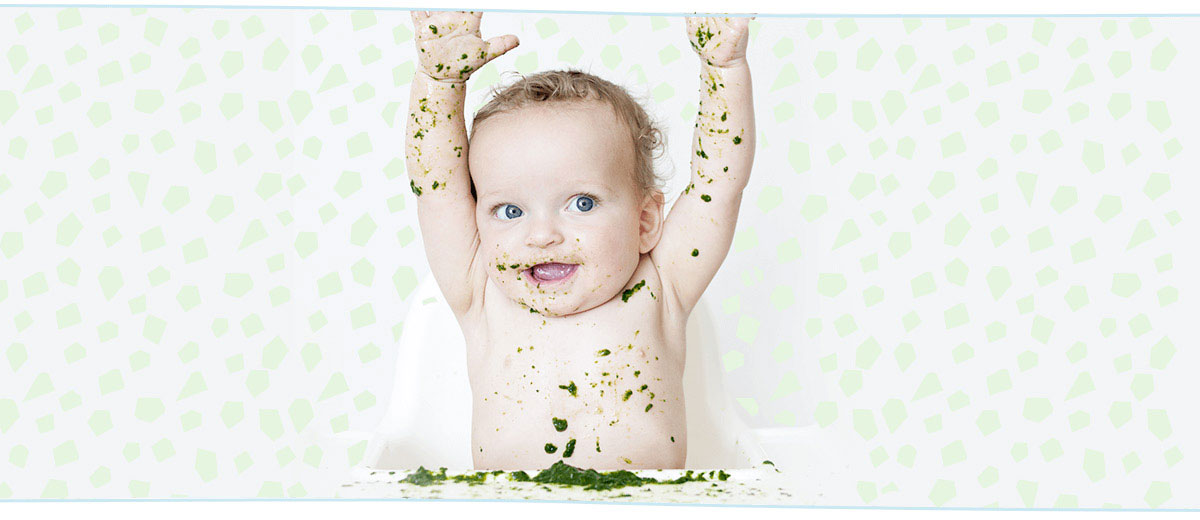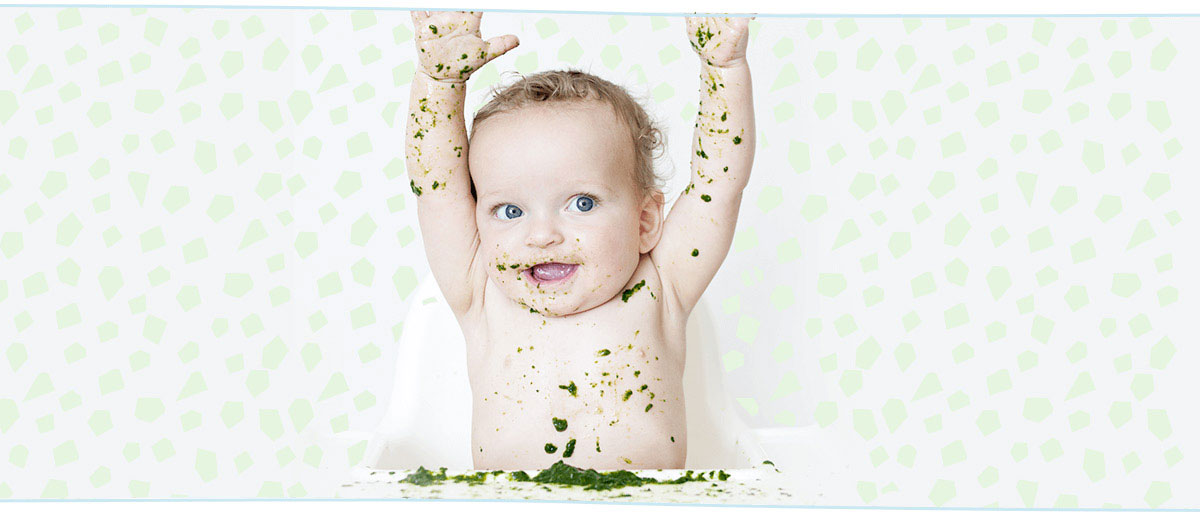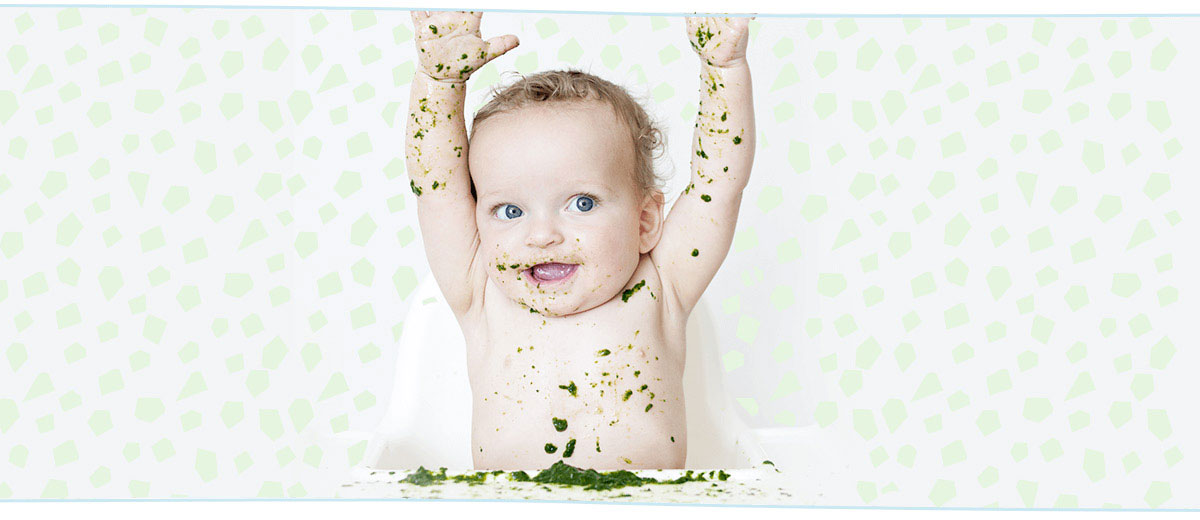Do not be surprised if at first the food comes right back out. Your baby's natural instinct is to use the same mouth and tongue movements as she did when nursing or sucking from a bottle. So, as your baby transitions from a totally liquid diet of formula, she might not swallow much at first.
Start by introducing iron-rich foods such as meat, meat alternatives, and iron-fortified cereals. Her first solid food could be a mix of 4 to 5 tablespoons of Similac® formula with 1 to 2 tablespoons of iron-fortified rice cereal (follow the manufacturer’s instructions to prepare the cereal). At first, babies usually respond better to a thinner consistency. Put a small amount of warm cereal on the tip of a rubber-coated spoon and place it in your baby's mouth.







